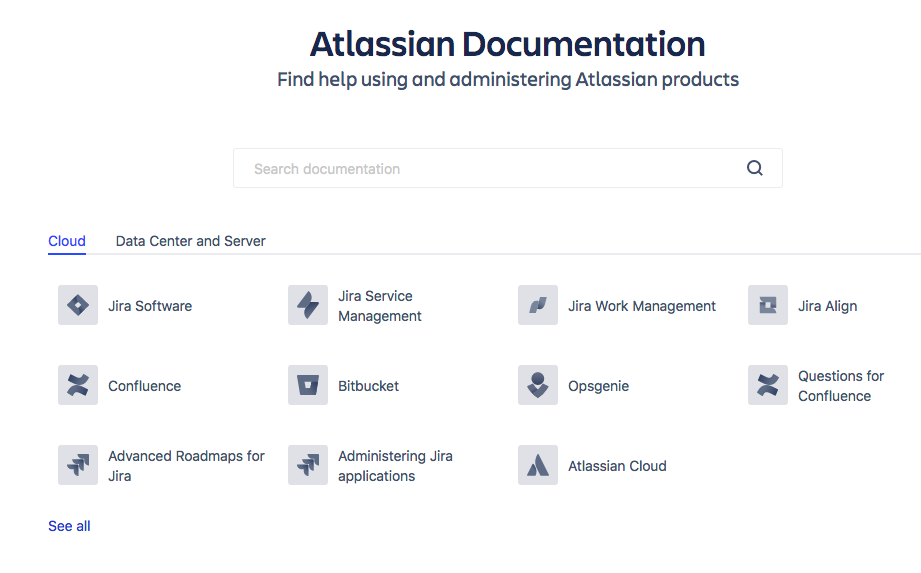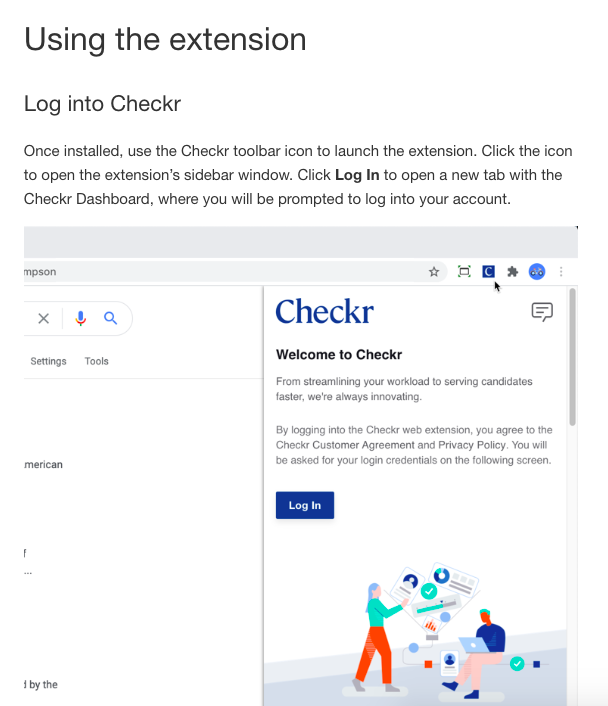Document It.
Underestimating the Power of Documentation
Jun 16th, 2021. What does "underestimating the power of documentation" mean? Imagine stumbling onto a new exciting platform, or purchasing a new enterprise software solution, or web app, and finding that it is difficult to learn, onboard, setup, or troubleshoot due to the documentation included with the product - i.e. the documentation is out of date, inaccurate, has typos, describes incomplete processes, is not mobile or accessible, and/or has old version screenshots.
The software provider or app developer has underestimated the power of their documentation. A user has an issue or would like to learn their software; the documentation inhibits the learning of the software. The user is potentially frustrated and they place a call to support staff.
What does "underestimating the power of documentation" mean? Imagine stumbling onto a new exciting platform, or purchasing a new enterprise software solution, or web app, and finding that it is difficult to learn, onboard, setup, or troubleshoot due to the documentation included with the product - i.e. the documentation is out of date, inaccurate, has typos, describes incomplete processes, is not mobile or accessible, and/or has old version screenshots.
The software provider or app developer has underestimated the power of their documentation. A user has an issue or would like to learn their software; the documentation inhibits the learning of the software. The user is potentially frustrated and they place a call to support staff.
Documentation provides our users with a clear and concise path towards solving their own issues, works as training materials for learning the software, and even can be leveraged as a sales tool. Documentation can be a combination of desktop video recording, descriptive narrative, and on page tooltips and popups could be considered as a launching point of user empowerment.
There are tools to assist with creating and organizing documentation. Will this be an enhanced internal training document for staff? Maybe it could be hosted on the same platform as a customer help portal? Moreover, depending on how and where the documentation is displayed, allows for different levels of focus for the user - from first time onboarding and highlighting of features, to the deepest dives found in user manuals.
How do you create effective documentation?
- Be clear, concise, and have a defined goal or reason for the documentation and help the user go from A→B quickly.
- Test the documentation and be sure it is accurate and complete.
- Ensure documentation is accessible and presented using current standards for access and accessibility.
- Be ok with documentation changing because there is no sunk cost fallacy in writing good documentation.
- Bring others in to help with writing documentation. Staff at all levels of a software company could participate in authoring documentation to provide different perspectives. A developer would see a process different from a sales staff member, who in turn, would see it differently from the support team staff.
Sites and Documentation Tools
Sites like ZenDesk, Confluence, and SalesForce allow technical writers the freedom of being attached to a single document for help and documentation. These tools allow for the documentation to be organized more like a website - by categories, instantly searchable, accessible, and mobile, and acting as a help portal, providing users and staff documentation and help material from anywhere in the world. If security is a concern, the help portal can be limited to customer access only. Loom provides desktop share messages and can be leveraged as a feature highlight tool - welcome users to the software with a new video showing a new feature or product offering. The documentation can be built with HTML/CSS and could be a seamless part of the product with a little design behind it, however it needs to be accessible for all users' needs and system requirements.
There are interactive forms of documentation which provide direct user interaction to speed learning and knowledge retention or to quickly preview a new process inline within the software or website. Loom and other services offer video screen capture to capture the "how to use" a page or process. Tooltips are one often overlooked interactive feature. Instead of using popup help, a simple mouse-over tooltip can go a long way to helping a user understand quicker what they are learning.
Checkr
 A great example of this in action is the documentation offered by Checkr, a Consumer Reporting Agency (CRA) which specialises in performing applicant background screening services for Gig and Tech clients. Checkr’s public facing documentation is clear, concise, maintained, and updated with staff comments, blog posts, and other interactive social style posts. New features are highlighted in their documentation so that users (and potential clients) can quickly see what is now available. Users are guided between those who are having background checks performed on them and those that perform background checks, so that all users of Checkrs are directed to the help they need. Of course any potential customers looking into Checkr also see a little of what the company has to offer them.
A great example of this in action is the documentation offered by Checkr, a Consumer Reporting Agency (CRA) which specialises in performing applicant background screening services for Gig and Tech clients. Checkr’s public facing documentation is clear, concise, maintained, and updated with staff comments, blog posts, and other interactive social style posts. New features are highlighted in their documentation so that users (and potential clients) can quickly see what is now available. Users are guided between those who are having background checks performed on them and those that perform background checks, so that all users of Checkrs are directed to the help they need. Of course any potential customers looking into Checkr also see a little of what the company has to offer them.
Good Documentation Saves Time (and Money)
Having accurate documentation not only helps speed the onboarding of new users, it helps employees with their onboarding and knowledge retention. Employees of a software company don’t need to be the best users of the software out there, but they need to be able to rely on their own documentation to provide the best support available to their users. Without accurate documentation, employees spend time researching, remembering, or discussing processes that could be documented in a clear and accessible manner. Some could argue that having accurate documentation saves money over having to compete with a long and difficult employee onboarding process, the general obsolescence of memory, employee turnover, and software changes over time.
Before Buying - ReadIf you are buying new software, always take a look at what documentation is available. If no public facing documentation can be found, please be sure to ask to take a look during a demonstration of the software if available. Well maintained documentation is a good indicator of how a company is managed. If the documentation or help text is poorly written, has spelling errors, or has not been updated in a timely fashion (shows old screenshots or processes that no longer exist in the software), it might be that there are other maintenance issues within the company.